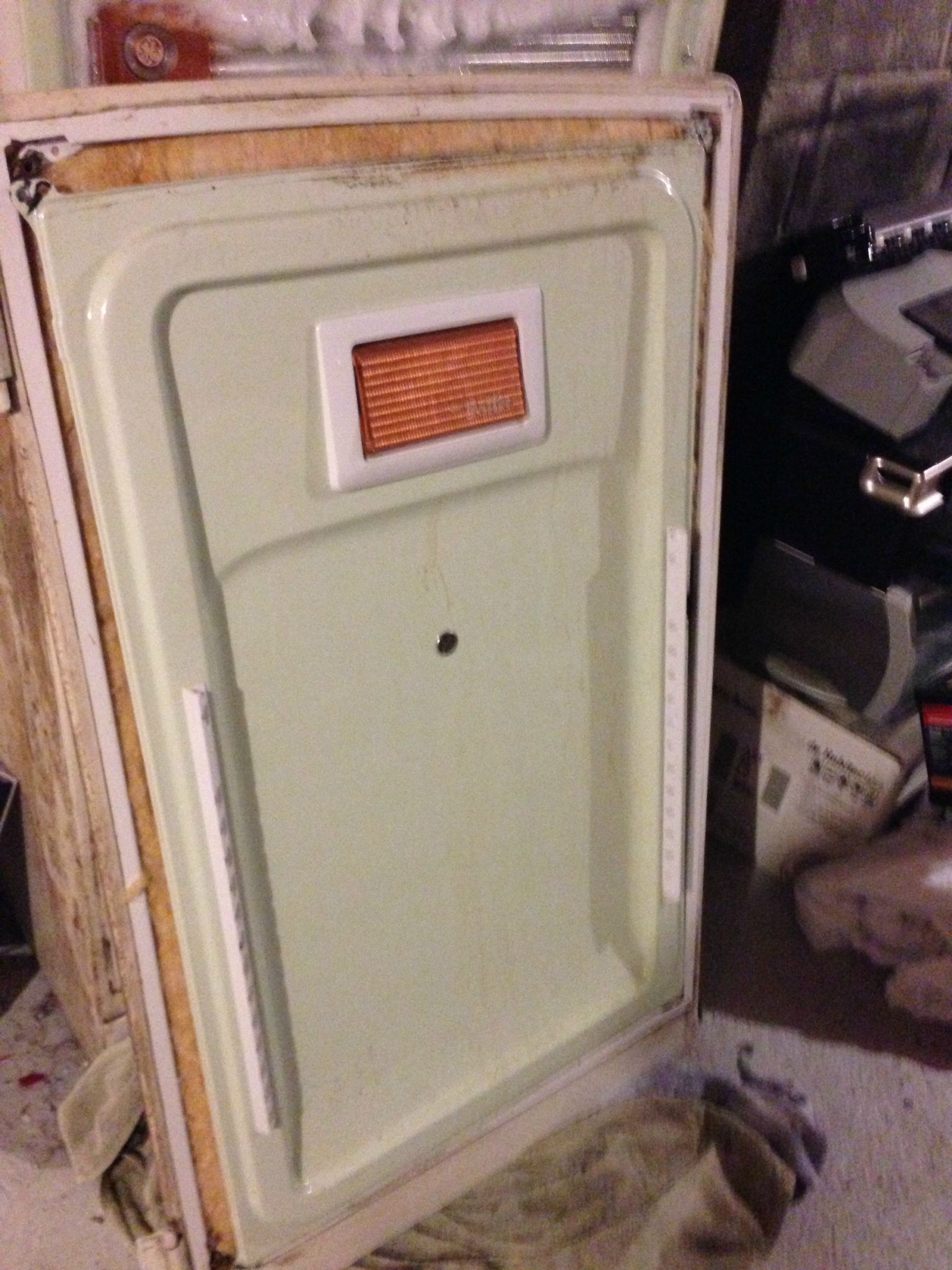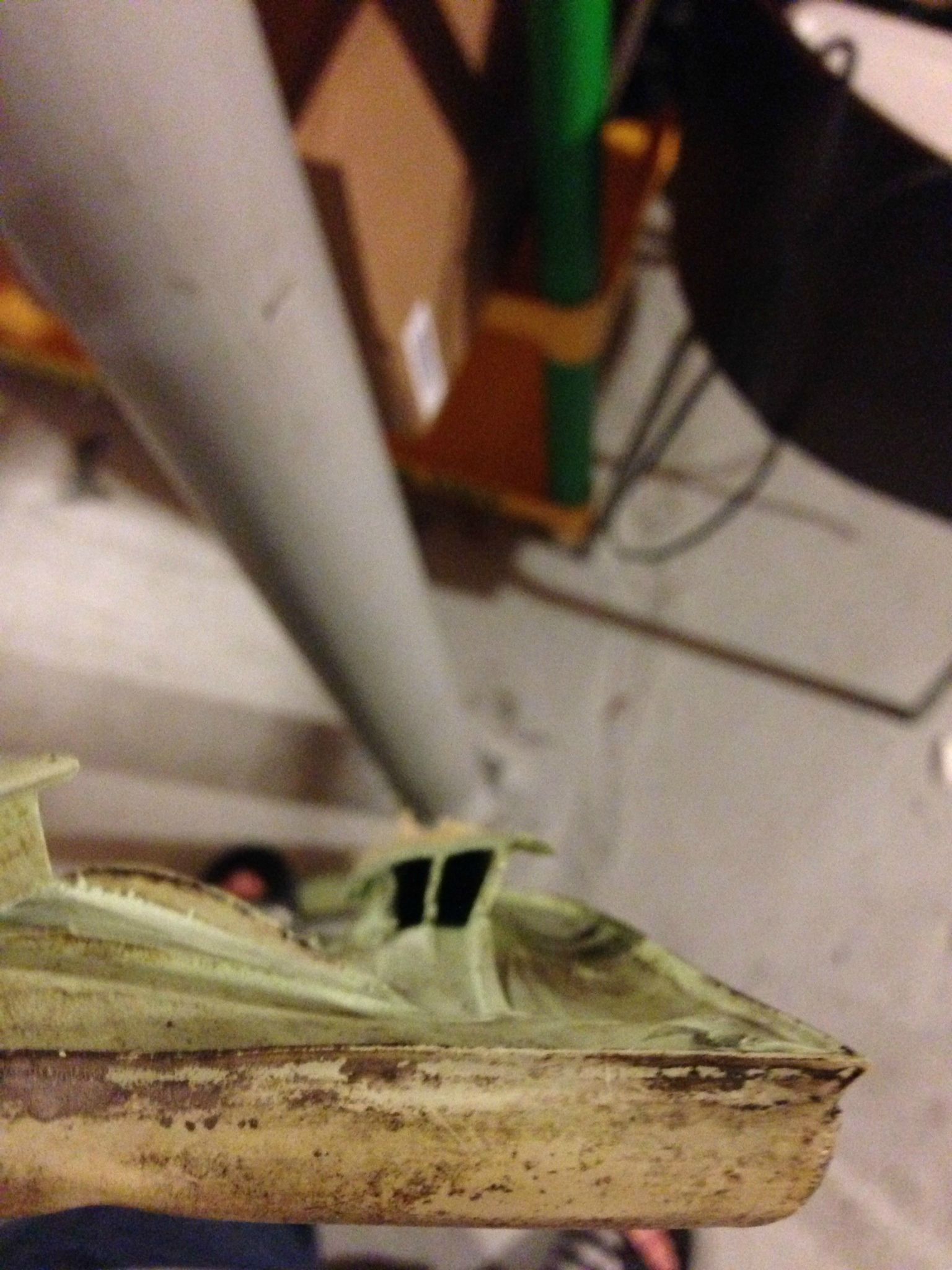ive got a 1954 GE fridge that im doing a rebuild on to convert it into a kegerator. I found a place to get an extruded gasket for it that (fairly closely) matches the original. Problem is, itll cost like 170 dollars... which is about... oh 170 dollars more than I paid for the working fridge.
So. Im looking for advice for alternatives. my current line if thinking is to use either 1/8" or 1/4" neoprene to bridge the space between the door body and inner panel. and then use weather stripping to form the compression seal. all in all will cost me about 35 dollars.
has anyone done something similar to this, and if so, did it work for you?
the neoprene is about 20 bucks if thats the option I go with. I then have the choice between neoprene rubber (the more solid material, at 1/8") or a neoprene sponge at 1/4".
Any thoughts would be helpful at this stage.
So. Im looking for advice for alternatives. my current line if thinking is to use either 1/8" or 1/4" neoprene to bridge the space between the door body and inner panel. and then use weather stripping to form the compression seal. all in all will cost me about 35 dollars.
has anyone done something similar to this, and if so, did it work for you?
the neoprene is about 20 bucks if thats the option I go with. I then have the choice between neoprene rubber (the more solid material, at 1/8") or a neoprene sponge at 1/4".
Any thoughts would be helpful at this stage.




